- SDE-3000: The ‘80s Legend is Back!
- DM-1: Boss’ First Delay Pedal
- DM-2: Bucket-Brigade, Baby!
- DD-2: A Digital Delight
- RE-2 & RE-202 Space Echo: To Infinity & Beyond
- Want to Learn More?
If you’re in the market for a new delay pedal, then we wouldn’t be surprised if you felt overwhelmed by the amount of choice that there is out there. Analogue or digital? True bypass or buffered? Simple or sophisticated? Yup, that’s option paralysis for you! But if you’re looking for a rock-solid echo unit that’ll always deliver the goods — you simply can’t go wrong with any of Boss’ delay pedals.
Boss have produced compact guitar pedals for more than 45 years, releasing well over 100 different effects units in that time. They are considered by many to be the “industry standard” pedal brand, not just because of how long they’ve been around for, or how diverse their product catalogue is for that matter, but because of how reliable and “tour-proof” their stompboxes are too. Trust us or any professional musician — Boss pedals are built like tanks!
If you’re unfamiliar with Boss delay pedals and want to learn more, then you’ve definitely landed at the right place. Boss’ game-changing stompboxes have always been a sonic benchmark, and we’re going to uncover some interesting details about five of their most influential delay effects (and a few others too) that will continue to echo through the ages. If you’re already clued up on Boss delay pedals, then you still might learn something new. Or, you might just figure out which is the best Boss delay pedal for you!
SDE-3000: The ‘80s Legend is Back!
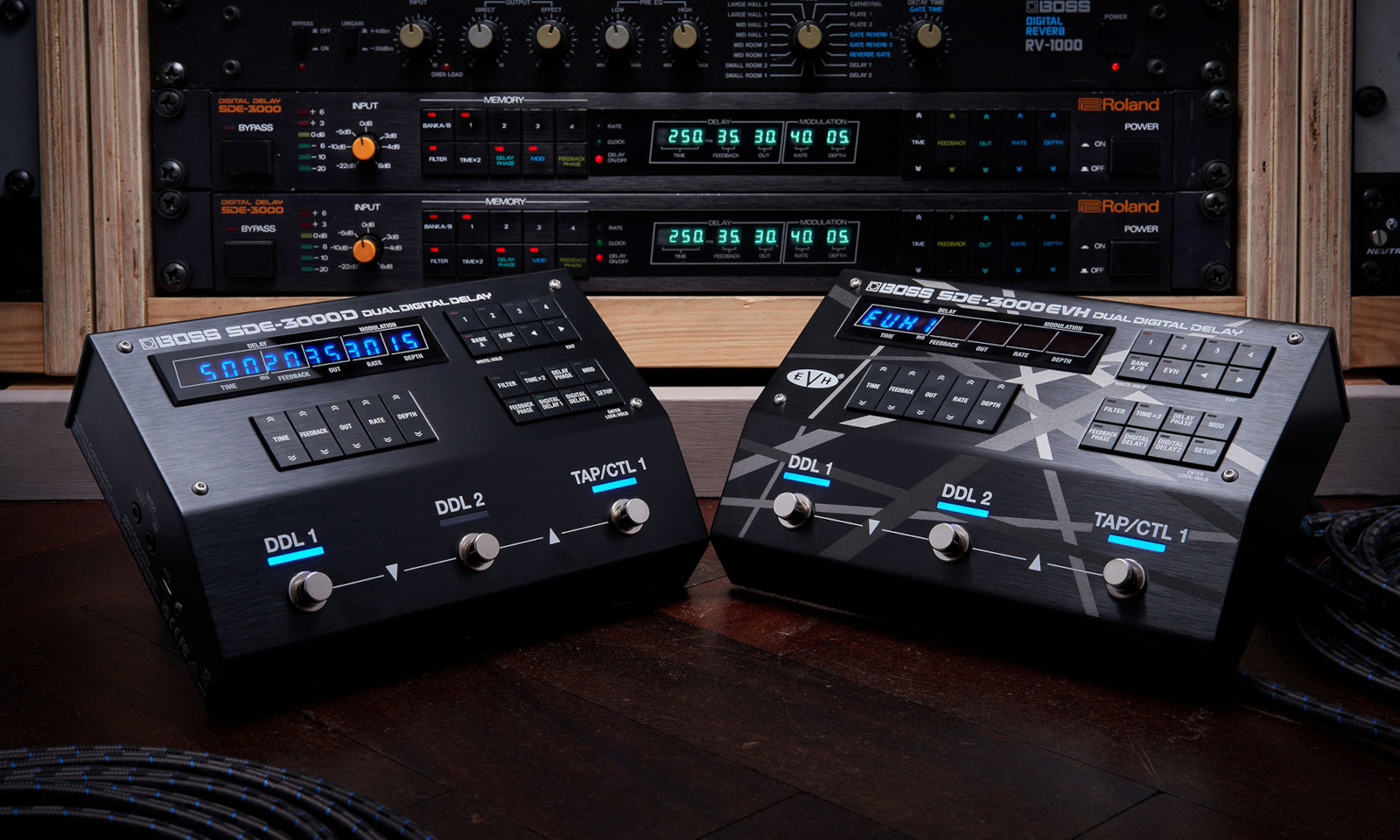
Let’s start off with one (well, two) of the most exciting releases from Boss in recent memory, with a little bit of context too. The SDE-3000, originally manufactured by Boss’ parent company Roland in the ‘80s, was one of the first widely-used digital delay rackmount units. This was back when guitar rigs were the size of refrigerators — the bigger, the better! Used by a wealth of well-known players including Steve Vai and Eric Clapton, the SDE-3000 most famously found favour with Eddie Van Halen, who used two of these processors to create an incredible wet/dry/wet stereo setup that sounded simply huge.
Fast-forward to 2023, and Boss has brought the SDE-3000 back in compact form with their SDE-3000D pedal. But this smart-looking stompbox goes far beyond being just a like-for-like copy of the original with a smaller footprint. The advanced SDE-3000D pedal is essentially two SDE-3000s in one package; boasting full stereo capabilities along with MIDI, multiple presets, and many more modern refinements.



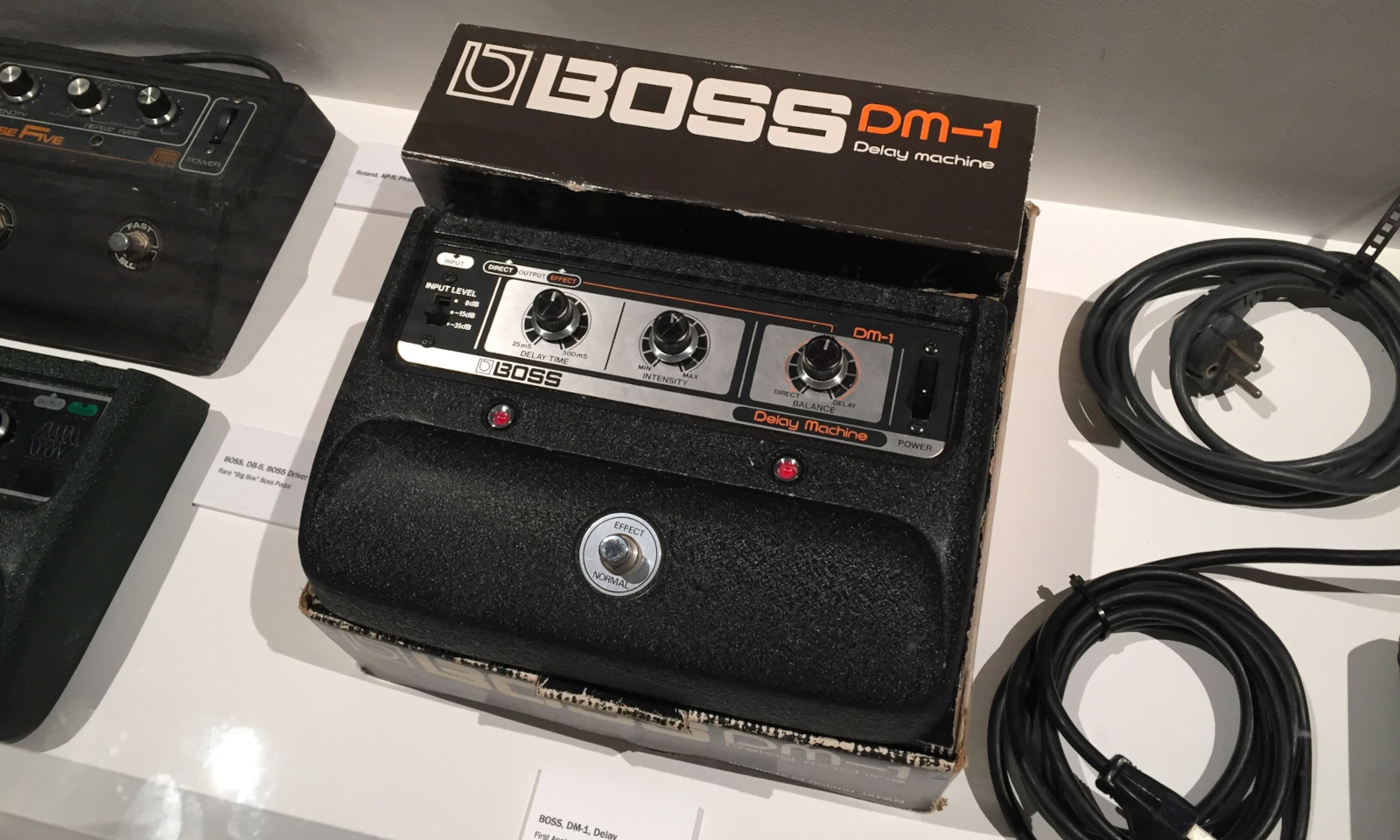
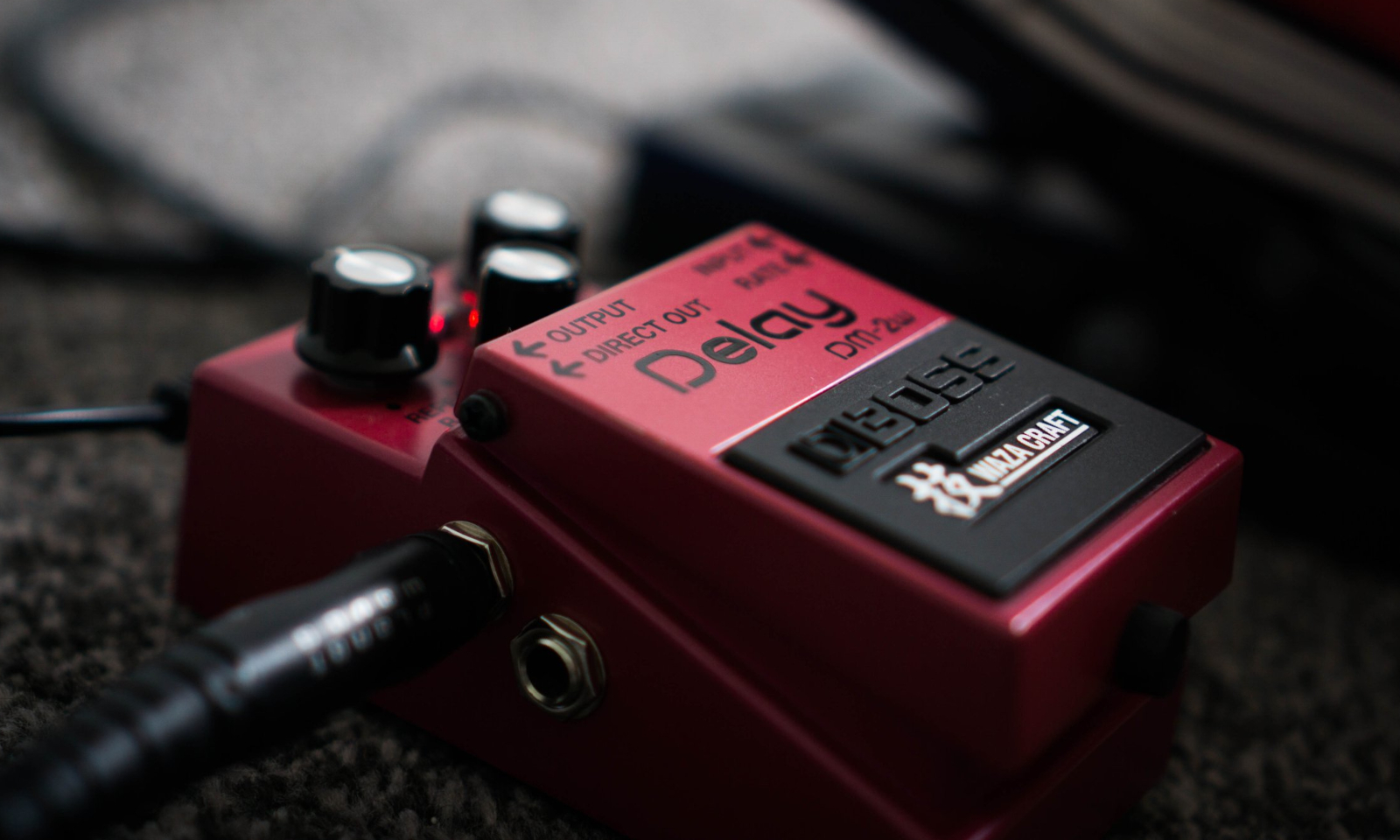
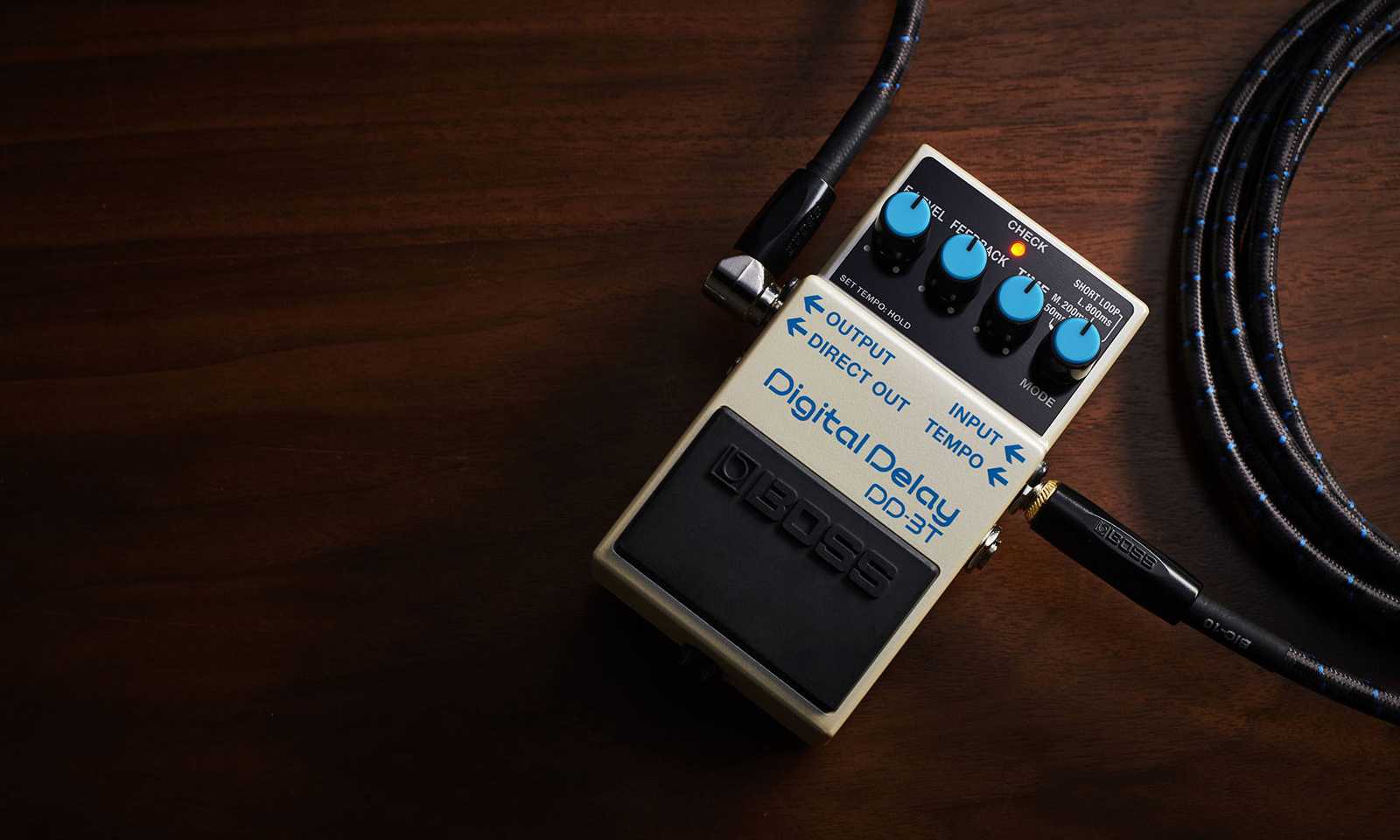
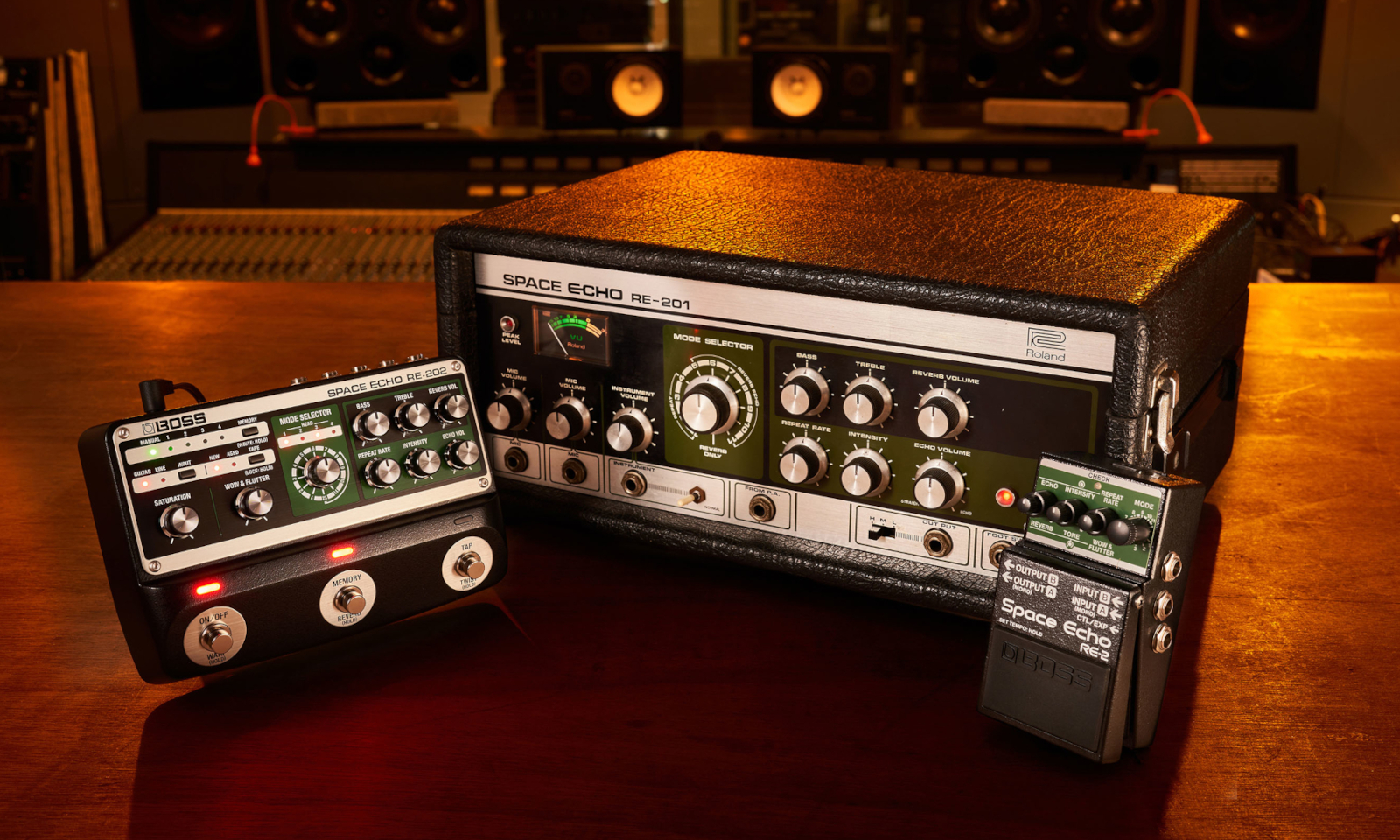


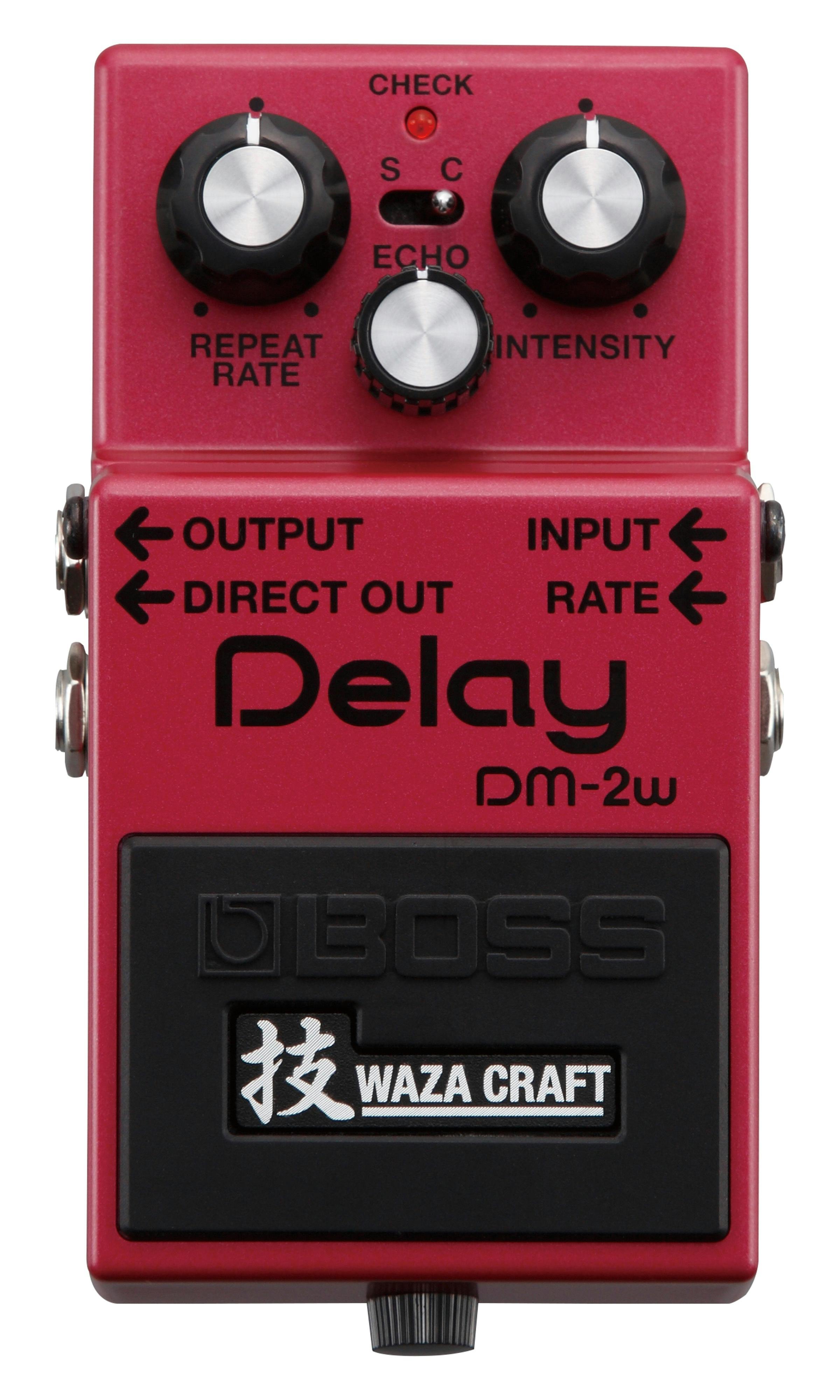






Responses & Questions